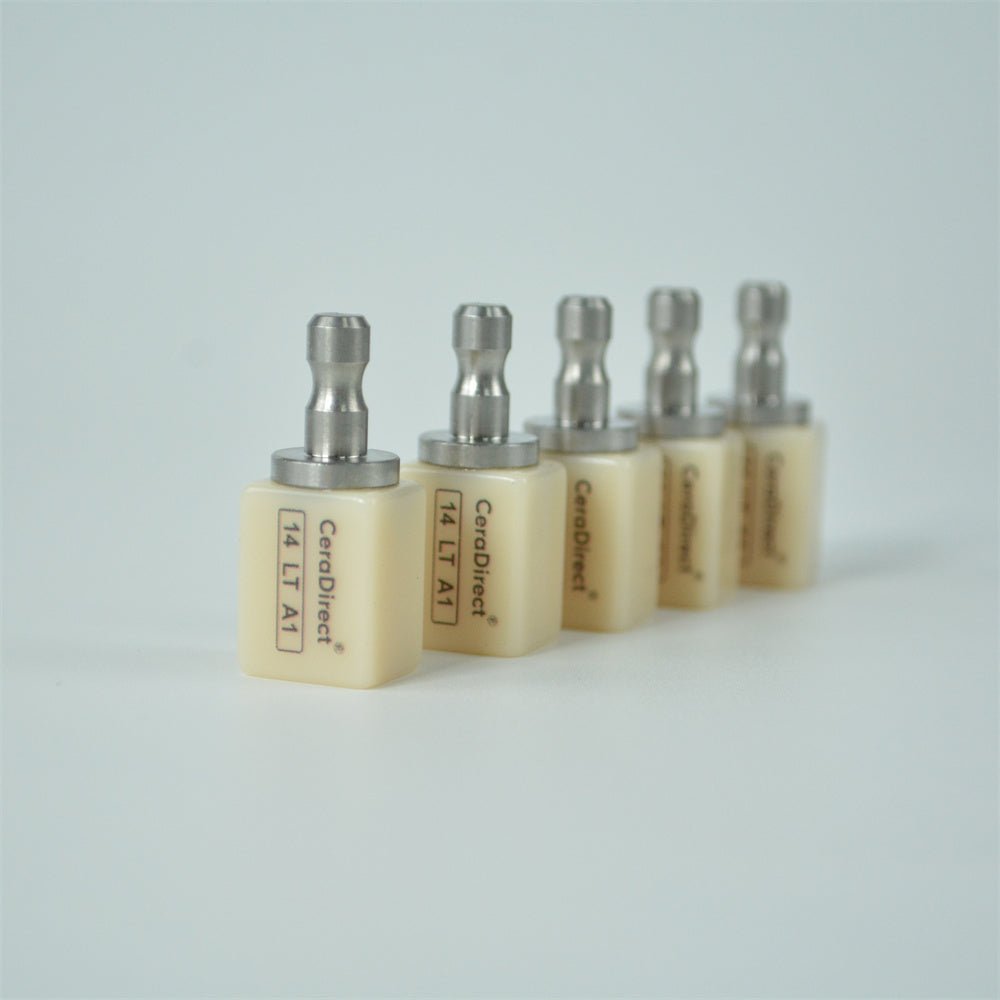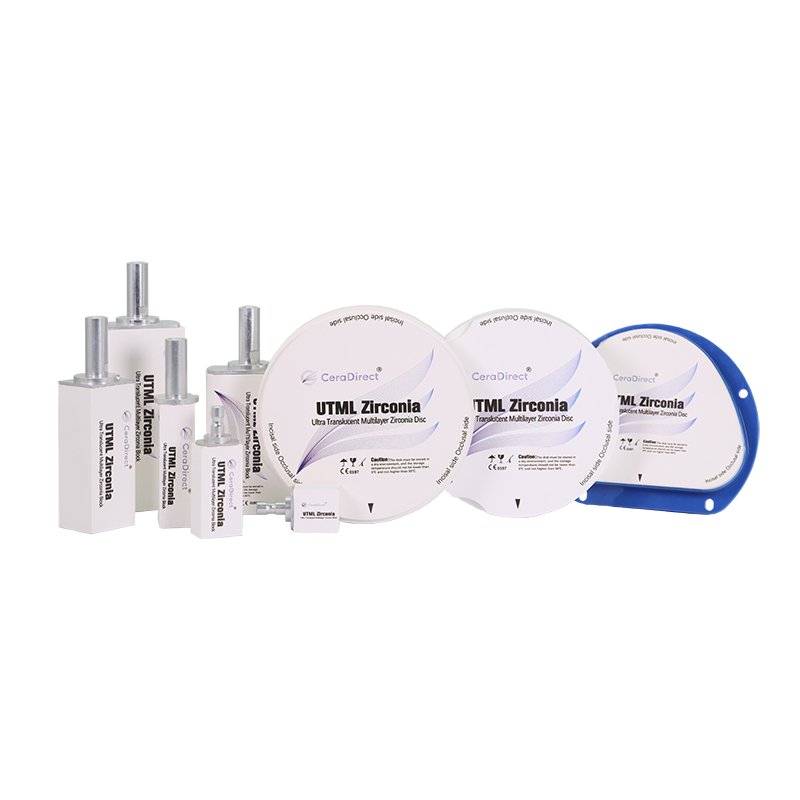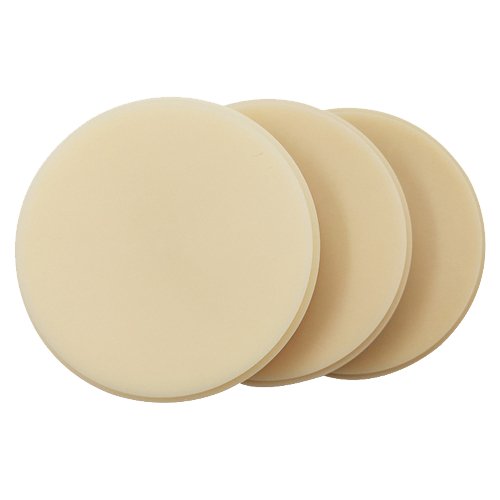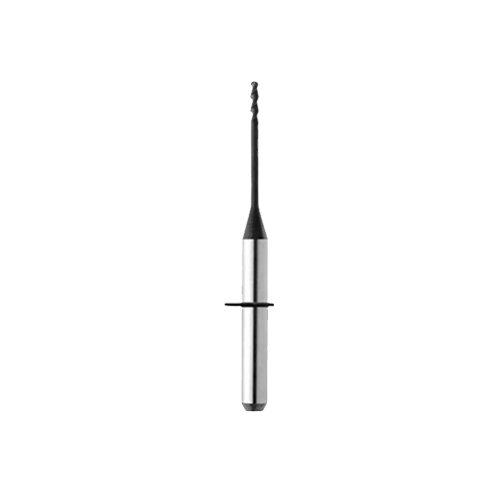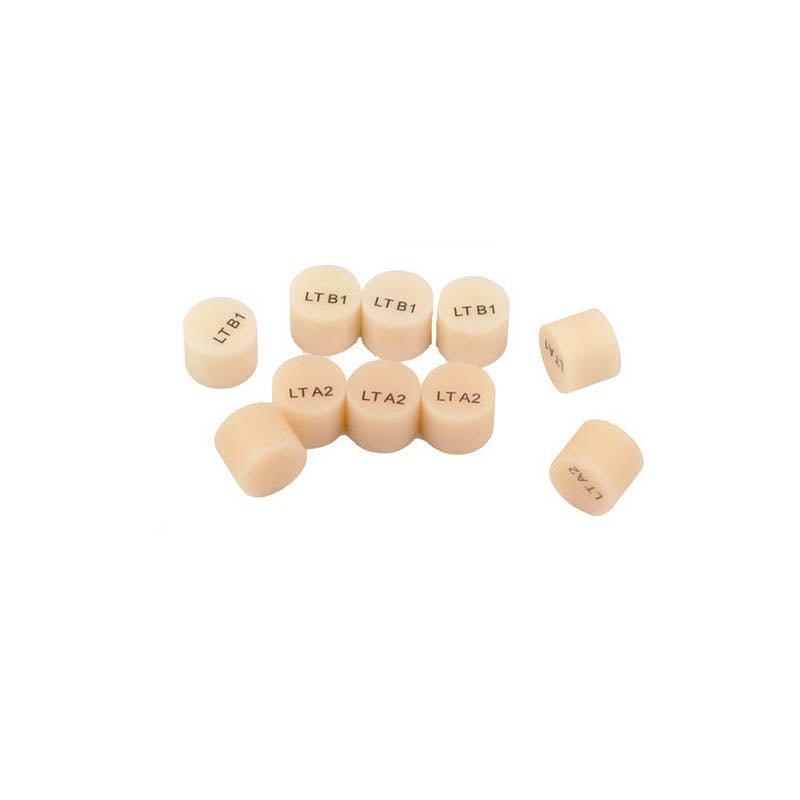When it comes to dental restorations, there are several options available, each with its own set of advantages and disadvantages. One option that has gained popularity in recent years is hybrid ceramics. Combining the best features of both ceramics and composites, hybrid ceramics offer a unique set of advantages that make them an excellent choice for dental restorations. In this blog post, we will explore the top 5 advantages of using hybrid ceramics.

1. Exceptional Aesthetics
One of the main advantages of hybrid ceramics is their exceptional aesthetics. With their natural translucency and ability to mimic the appearance of natural teeth, hybrid ceramics can create restorations that blend seamlessly with the patient's existing dentition. This makes them an ideal choice for highly aesthetic cases, such as anterior restorations or veneers.
2. High Strength and Durability
Hybrid ceramics are known for their high strength and durability. Thanks to their unique composition, which combines the strength of ceramics with the flexibility of composites, hybrid ceramics can withstand the forces of biting and chewing without chipping or fracturing. This makes them an excellent choice for posterior restorations, where strength and durability are crucial.
3. Excellent Marginal Adaptation
Another advantage of hybrid ceramics is their excellent marginal adaptation. The precise fit of a dental restoration is essential for long-term success, as it prevents the ingress of bacteria and reduces the risk of secondary caries. Hybrid ceramics, with their low polymerization shrinkage and excellent marginal integrity, ensure a tight seal between the restoration and the tooth, minimizing the risk of complications.

4. Easy and Efficient Fabrication
Hybrid ceramics offer a streamlined and efficient fabrication process. Unlike traditional ceramics, which require multiple firing cycles and complex laboratory procedures, hybrid ceramics can be milled and polished in a single step. This not only saves time but also reduces the risk of errors and inconsistencies, resulting in a more predictable and efficient workflow for both the dentist and the dental laboratory.
5. Biocompatibility and Tissue-Friendly
Lastly, hybrid ceramics are biocompatible and tissue-friendly. They are free of metals and other potentially allergenic materials, making them suitable for patients with metal sensitivities or allergies. Additionally, hybrid ceramics have a smooth surface that is resistant to plaque accumulation, promoting good oral hygiene and reducing the risk of periodontal complications.
In conclusion, hybrid ceramics offer a range of advantages that make them an excellent choice for dental restorations. From exceptional aesthetics to high strength and durability, easy fabrication, and biocompatibility, hybrid ceramics provide a winning combination of properties that can meet the needs of both patients and dental professionals.

